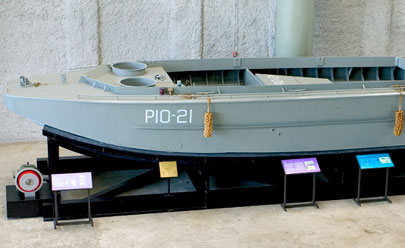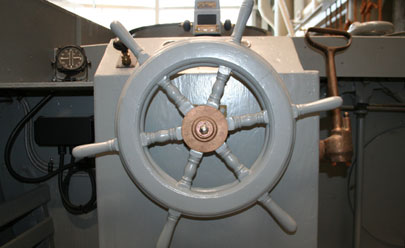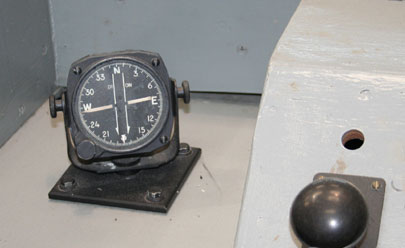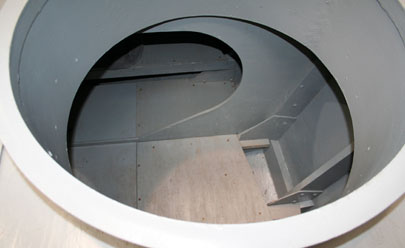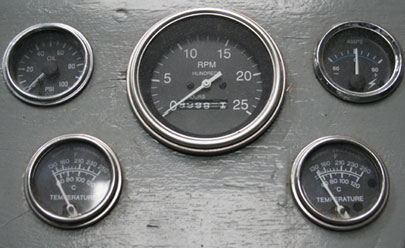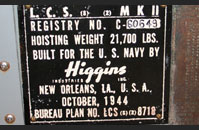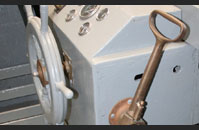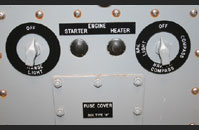FEATURED ARTIFACT: LCP(L)
In the late 1930s, the U.S. military began developing small boats that could carry troops from ships to open beaches. Andrew Jackson Higgins of New Orleans, who had been manufacturing shallow-water work boats to support oil and gas exploration in the Louisiana bayous, adapted his Eureka Boat to meet the military’s specifications for a landing craft. Designated the Landing Craft Personnel (Large), or LCP(L), it was used in the invasions of Guadalcanal and North Africa in 1942.
Initially, separate landing craft were used for troops and vehicles, called LCP(L)s and LCVs (Landing Craft, Vehicle) respectively. The LCP(L) was designed without a ramp. Troops unloaded from the LCP(L) by jumping over the side, which proved unsatisfactory because climbing over the side exposed the men to hostile fire. Higgins solved this shortcoming by combining the LCP(L) and LCV’s designs into the Landing Craft Vehicle and Personnel or LCVP. This craft, which is now the most famous of Higgins’s designs and is often referred to as the Higgins Boat, allowed infantry or small vehicles to exit through a front ramp.
The National WWII Museum’s LCP(L) was manufactured by Higgins Industries in 1944. It is painted to represent P10-21, the boat number of the LCP(L) commanded by Coast Guard Signalman 1/c Douglas Munro at Guadalcanal. On 27 September 1942, Munro was evacuating a battalion of Marines encircled by Japanese forces. He bravely placed his boat between the Marines and Japanese fire while returning to the beach several times to pick up more men and provide supporting fire. Once the Marines had been evacuated, Munro went to the aid of a grounded landing craft. He was killed by Japanese fire as he directed the recovery of this vessel. In recognition of his actions, Signalman 1/c Doulas Munro was posthumously awarded the Medal of Honor, becoming the United States Coast Guard’s only Medal of Honor recipient.
Additional Images:

